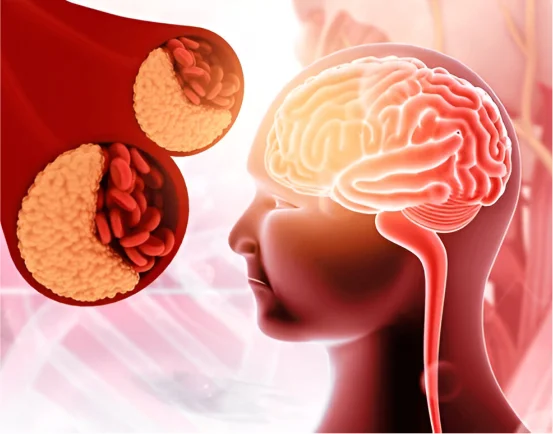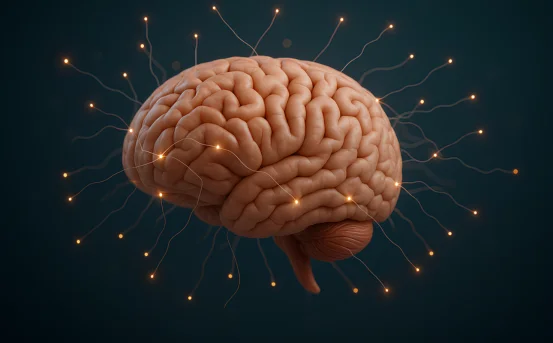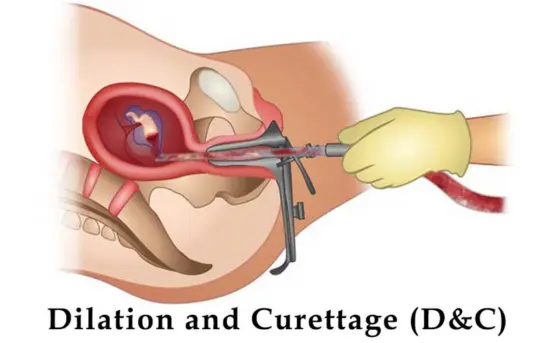Corpus Callosotomy Surgery is performed with the specific aim of treating severe cases of epilepsy, especially childhood epilepsy that is refractory to treatment. The surgery involves severing the corpus callosum which is a thick band of nerve fibers joining the two cerebral hemispheres. This form of surgery is performed with the intent of alleviating and to a certain extent controlling the progression of increased electrical activity within the two hemispheres, especially for atonic seizures.
This intervention is taken into consideration along with anti-epileptic therapy if the latter does not alleviate the problem and the seizures heavily burden the patient’s life.
Why is Corpus Callosotomy Surgery Done?
Corpus Callosotomy is recommended for the following scenarios:
- Lennox-Gastaut Syndrome (LGS) or any other generalized epilepsy syndrome where drop attacks are frequent.
- Epilepsy that is resistant to treatment and refractory to medication.
- In cases where the seizures are not confined to one hemisphere of the brain.
- In situations where resective epilepsy surgery (removal of the seizure focus) cannot be carried out.
Corpus callosotomy reduces the impact and severity of generalized seizures by preventing the spread of seizures between the two hemispheres.
Anatomy Insight: What is the Corpus Callosum?
understanding of what is corpus callosotomy surgery
The corpus callosum is a substantial nerve fiber tract consisting of more than 200 million axons. It is vital for the connection between the two hemispheres of the brain. During a seizure, the corpus callosum is often the pathway through which the abnormal electrical activity spreads. It is possible to mitigate the spread of seizures by partially and completely cutting the corpus callosum, as this disrupts communication between brain regions.
Who Needs Corpus Callosotomy?
Ideal Candidates:
- Children with uncontrollable seizures
- Patients having frequent tonic or atonic seizures
- People with generalized seizure types who have no identifiable localized seizure focus
- Patients who have failed multiple medication attempts
Usually, the decision of whether to perform the surgery is made after a multidisciplinary epilepsy workup with neurologists, neurosurgeons, and epilepsy specialists.
Corpus Callosotomy Surgery: Procedure Overview
- Preoperative Evaluation
As part of the workup, patients have the following:
MRI scans
- Electroencephalogram (EEG)
- Neuropsychological testing
Video-EEG monitoring to characterize seizures in type and frequency
- Surgical Approach
The surgery is typically performed under general anesthesia. A portion of the skull is temporarily removed (craniotomy). The neurosurgeon gains access to the corpus callosum via the interhemispheric fissure.
Depending on the type of seizure, a partial callosotomy (the front two-thirds) or a complete callosotomy can be done.
- Surgical Duration
The surgery is usually completed in a 3 to 4 hour timeframe.
Risks and Complications
Corpus Callosotomy Surgery is considered safe; however, there are several risks associated with it:
Short-term Risks:
- Bleeding or swelling at the operation site
- Weakness or fatigue
Infection
Long or Rare Long-Term Risks:
- Disconnection Syndrome: Loss of complex integrated brain functions resulting in impaired coordination of bi-hemispheric actions.
- Temporary speech or memory issues
- Behavior or personality changes (this is rare)
Patients with access to experienced neurosurgical centers tend to have worse outcomes when the surgery is performed in these centers.
Recovery and Postoperative Care
Hospital Stay:
Patients stay in the hospital for 3 to 7 days after the surgery. Observations include:
- Seizure activity
- Neurological function
- Physical recovery
Comprehensive Recovery
Some patients may need to see a physical or occupational therapist, particularly if there are short-term motor problems.
Medication:
There is a post-surgery expectation of full anti-seizure medication compliance where the tapering decisions will be based on seizure management.
- Advantages of Corpus Callosotomy Surgery
- Reduction in atonic seizures and overall seizure severity
- Significantly lowers the frequency of drop attacks, thereby reducing potential for harm
- Increased responsiveness, behavior, and interaction in children
- Greater quality of life for both the patient and caregiver
Although it is rare for some people to continue to have seizures after surgery, the impact of seizures on the individual’s daily life and safety is almost always significant.
Outcomes and Prognosis
Research indicates:
- 70-80% of patients experiences a reduction in atonic seizures
- Partial callosotomy can be converted to full callosotomy later if necessary.
- Increased perceived safety and independence in patients and satisfaction with overall well being in families is reported.
While Corpus Callosotomy Surgery does not fully resolve the situation, it is indeed a significant change for the individual receiving this treatment.
Other options besides Corpus Callosotomy
Other suitable options besides corpus callosotomy would be:
- Vagus Nerve Stimulation (VNS)
- Ketogenic Diet
- Responsive Neurostimulation (RNS)
- Deep Brain Stimulation (DBS)
- Antiepileptic drugs (AEDs) or diets specifically designed for epilepsy
Conclusion
Highly specialized and precise brain surgery known as corpus callosotomy offers a treatment option for children and adults burdened with severe epilepsy, unresponsive to medication. This procedure reduces safety risks associated with severe seizures by inter hemispherically inhibiting the communication of seizure signals.
In the case that you or a family member are dealing with intractable epilepsy, it is prudent to seek the help of an epileptologist or a neurosurgeon who specializes in epilepsy in order to assess the advantages and disadvantages of corpus callosotomy. Timely intervention can result in improved seizure management, better developmental outcomes, and an overall more enriching life.























